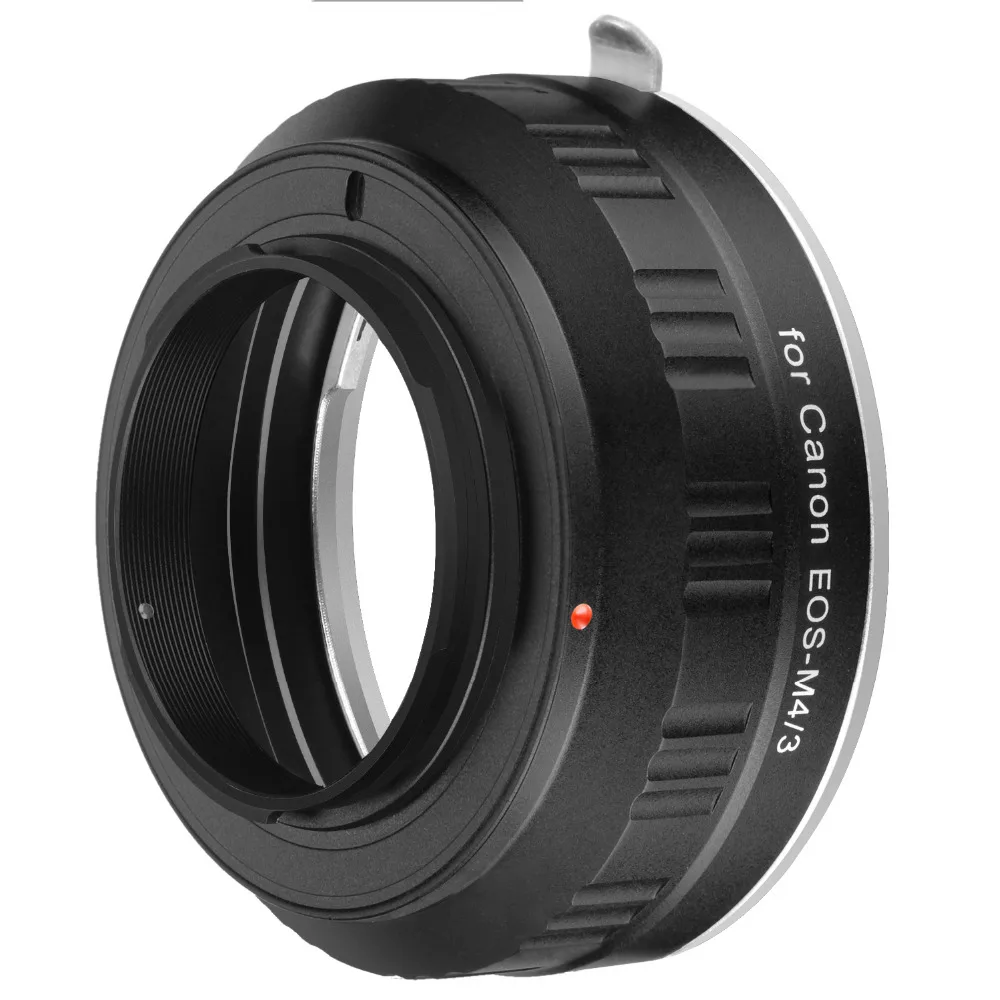

Third-party lenses can be useful for filling a gap in the market that the main manufacturers have neglected.
#ALL THE FOUR THIRDS SYSTEM LENS LENSES FULL#
Read our full Olympus M.ZUIKO ED 60mm f/2.8 Macro review All things considered, this is unquestionably the best macro lens on the market for the MFT system.

It’s great for macro focusing, where you’ll often want to focus manually. Image quality is great overall, and the electronically coupled ‘fly-by-wire’ focus ring operates with smooth precision. The excellent quality of the weather-sealed construction is a credit to Olympus’s line-up of ‘Premium’ lenses, and the smart focus distance/magnification indicator is a bonus.

With the more compact build of MFT cameras and lenses, the actual working distance between the front of the lens and the subject remains entirely usable, at about 10cm.Īnother bonus is that the 2x crop factor of the MFT format effectively boosts the maximum magnification factor from 1:1 to 2:1, or double life-size. However, those distances are measured from the focal plane, which corresponds to the position of the image sensor at the rear of the camera. Due to this lens’s shorter focal length, the minimum focus distance drops from about 30cm to 20cm. Best Micro Four Thirds lenses for Olympus / OM System Olympus lensesĪ focal length of around 100mm is often preferred for extreme close-up ‘macro’ photography. The f/6.3 aperture rating at the long end of the zoom range is relatively ‘slow’ but quite typical for this class of super-telephoto lens. Image quality is superb, with excellent sharpness right up to the maximum 400mm zoom setting. For added comfort and stability, the lens comes complete with a mounting foot for well-balanced use on a tripod or monopod.

The effective optical image stabilizer is very worthwhile, given the enormous effective focal lengths on tap.Įven though the lens weighs nearly a kilogram, it’s still sufficiently lightweight for prolonged periods of handheld shooting. Highlights include a locking mechanism for the zoom ring and an autofocus range limiter switch. As we’ve come to expect from Panasonic’s up-market lenses, the Panasonic DG Vario-Elmar 100-400mm f4-6.3 Asph Power OIS is sturdy, robust and meticulously engineered. Read our full Panasonic Leica DG Nocticron 42.5mm f1.2 Asph Power OIS reviewĪ zoom range of 100-400mm would give a powerful telephoto reach on a full-frame camera but, in MFT terms, you get a whopping ‘effective’ maximum focal length of 800mm. It’s seriously expensive but, then again, Canon’s 85mm f/1.2 full-frame ‘portrait’ lens is getting on for twice the price. For portraiture on MFT cameras, this is the best lens that money can buy. And for when you want to use narrower apertures, there’s also optical stabilization, which is almost unheard of in f/1.2 lenses. This lens fights back with a super-fast f/1.2 aperture rating, which helps to reduce the depth of field and give soft, creamy background blur in portraiture, as well as enabling fast shutter speeds even under dull lighting. The flip side is that, because depth of field is linked more closely to ‘actual’ rather than ‘effective’ focal length, the MFT system struggles to give a really tight depth of field, compared with full-frame and even APS-C systems. The 2x crop factor gives the lens an effective focal length of 85mm which is perfect for portrait photography. It has a well-damped, smooth-action focus ring and useful aperture ring, both of which boost the overall handling characteristics. The Leica Nocticron legend is reborn for the MFT format in this metal-bodied beauty of a lens. So let's get to the lenses! Best Micro Four Thirds lenses for Panasonic Most will provide super-fast autofocus performance and many have silent focusing action, which is great for video. They're mostly compact enough to take everywhere, but also incredibly sharp and capable of capturing excellent levels of detail. Small and sharp, Micro Four Thirds lenses are hugely impressive. This is especially appealing to anyone who is travelling or can't/ doesn't want to carry much weight. By effectively doubling the focal length, you can shoot super-telephoto distances without having a lens that is really big and heavy. Don't worry if you have no idea what this means, you just need to remember that if you buy a lens for a Micro Four Thirds camera such as a 12-60mm lens, it will actually look like you are shooting on a 24-120mm lens if you were using a full-frame camera. One of the advantages of shooting Micro Four Thirds is that the lenses have a 2x crop factor.


 0 kommentar(er)
0 kommentar(er)
